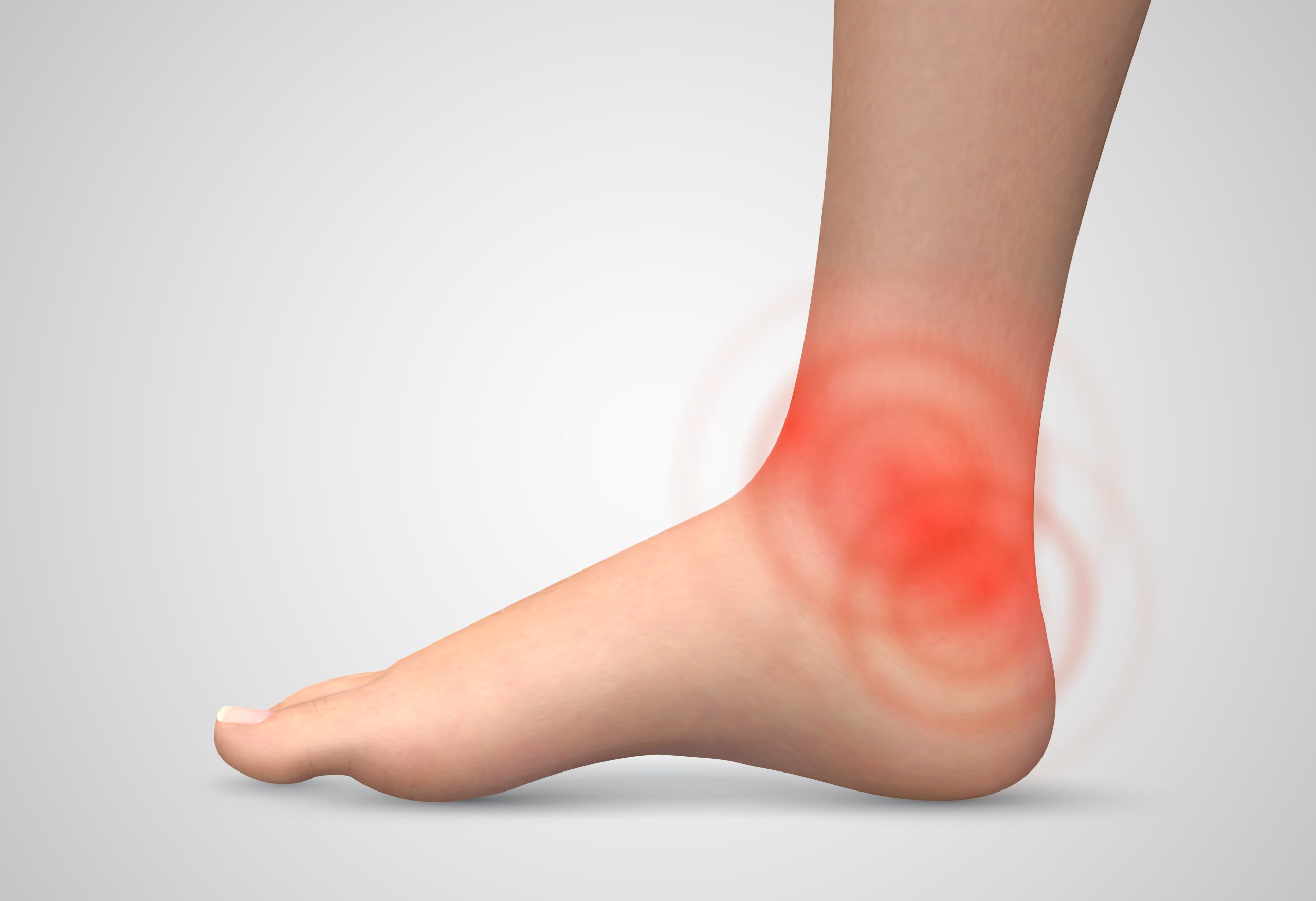Services

Have you been diagnosed with Chondral Injury to your Ankles? Have you experienced that locking of your ankles when you suddenly change in position? Well, that’s fairly common but should not be disregarded at all. Those seconds of pain are your body’s way of telling you that something is not perfectly fine. Let’s talk about the articular cartilage.
Articular cartilage is the smooth, shiny, white tissue covering the ends of the bones. Healthy joint cartilages make it easier to move, as they are the joints’ bearing surfaces which allow the bones to glide over each other with very little friction, keeping them from rubbing together. The articular cartilage can be damaged by even the normal wear and tear (degenerative), or by injury (i.e. traumatic falls, sudden change in direction while playing a sport). This can be from a small tear in the top layer to an extensive tear to the bone.
Classifications Of Chondral Lesions
- Outerbridge System (Simple Classification)
- Grade 0: normal articular cartilage
- Grade I: softening, blistering or swelling of the cartilage
- Grade II: partial thickness fissures and clefts <1 cm diameter
- Grade III: full thickness fissures, to subchondral bone >1 cm diameter
- Grade IV: exposed subchondral bone
- International Cartilage Repair Society (ICRS) Grading
- I: superficial fissure
- II: <50% depth
- III: 50% to full thickness loss
- IV: osteochondral lesion extends through bone
- V: osteochondritis dissecans lesion (OCD)
- VI: avascular necrosis (AVN)

- Chondromalacia / Degenerative Chondrosis (Cartilage tears away unevenly, with shallow walls)
- Osteochondritis Dissecans / Osteochondral Fracture (Cartilage breaks away with a piece of the bone)
- Chondral Flap (Cartilage separates from the bone and moves like a door with a hinge at one end)
- Chondral Fracture (Cartilage separates from the bone and floats free)


Physical Examination
- Location and degree of pain, presence of effusion
- Tenderness upon palpation of the joint line
- Pain induced by passive and active movements
- Rule out malalignment, meniscal tear, ligamentous instability, extensor mechanism problems, as symptoms are mostly similar

- Pain, exacerbated with weight-bearing
- Crepitus / clicking of joints
- Locking, catching of joints

Conservative Management
- Medications such as analgesics and NSAIDs, Hormones, glucosamine/chondroitin (cartilage-protective agents), Steroid/hyaluronic acid injection.
- Hyaluronic acid works as a lubricant and cushion in the joints and other tissues, affecting the weight-bearing ability and the body’s response to injury.
- Mechanical approaches
- Weight loss
- Rest
- Canes and braces – keep the load off the ankle joint
- Physiotherapy

